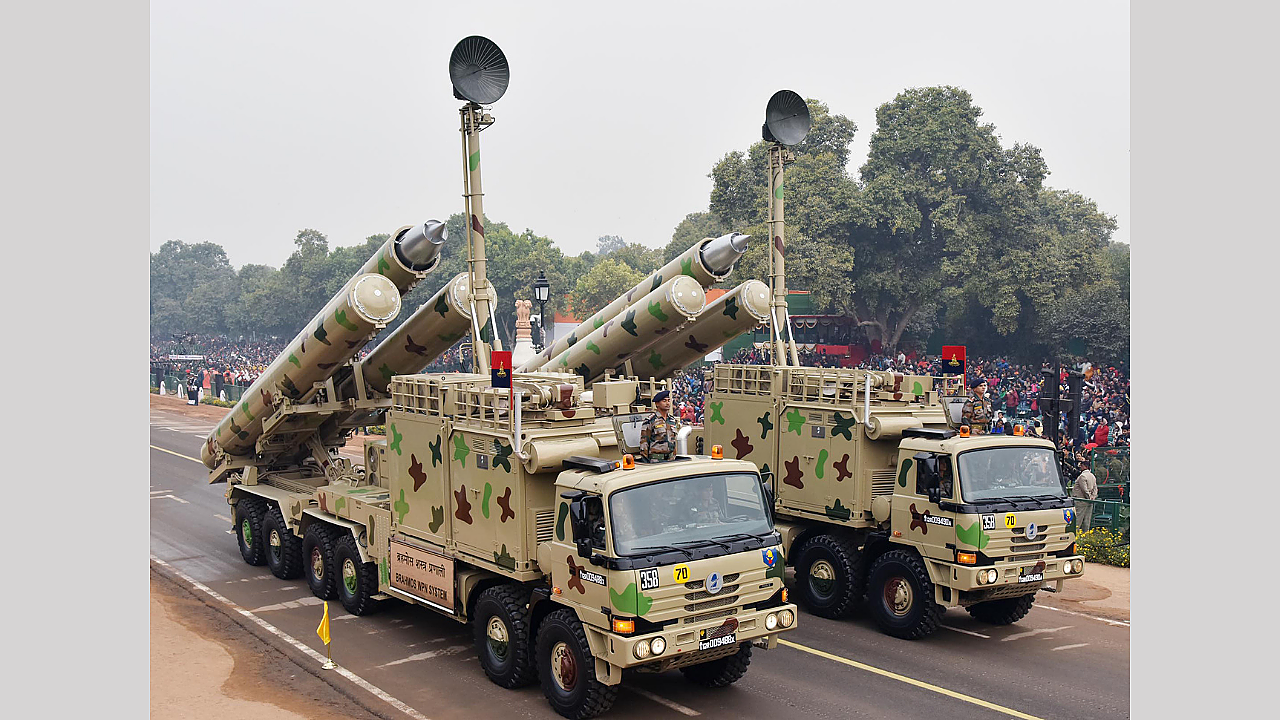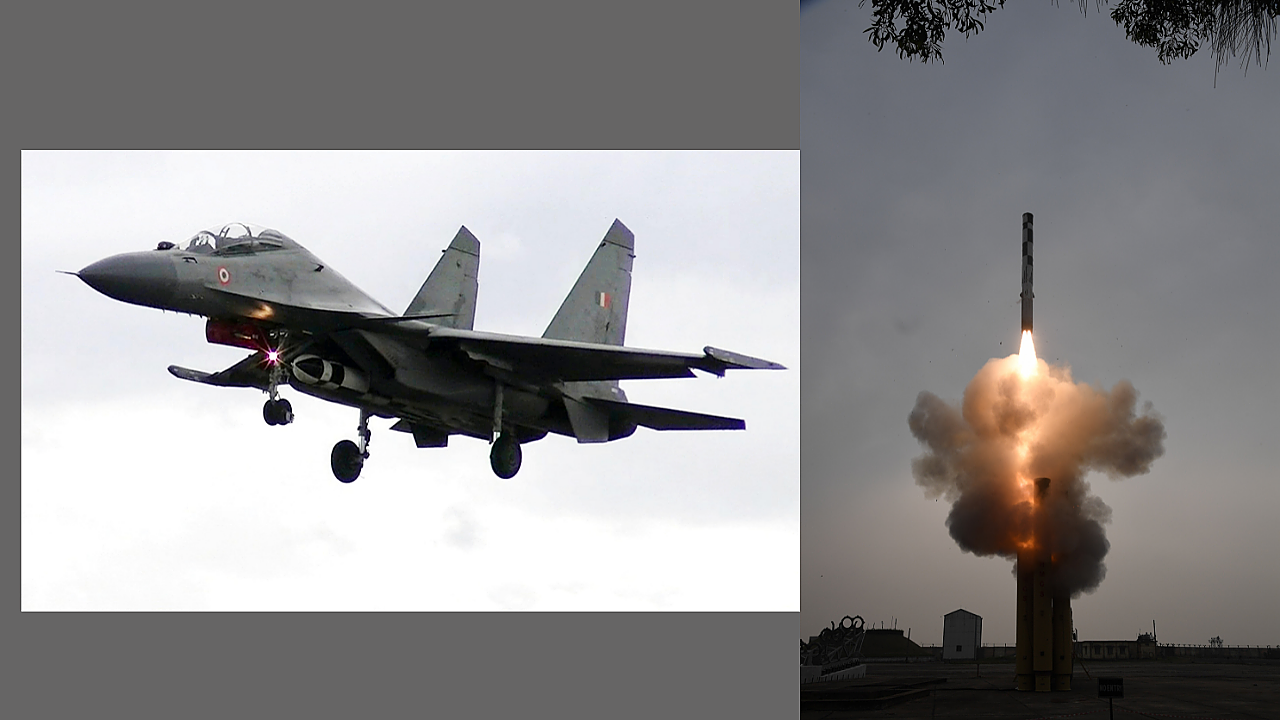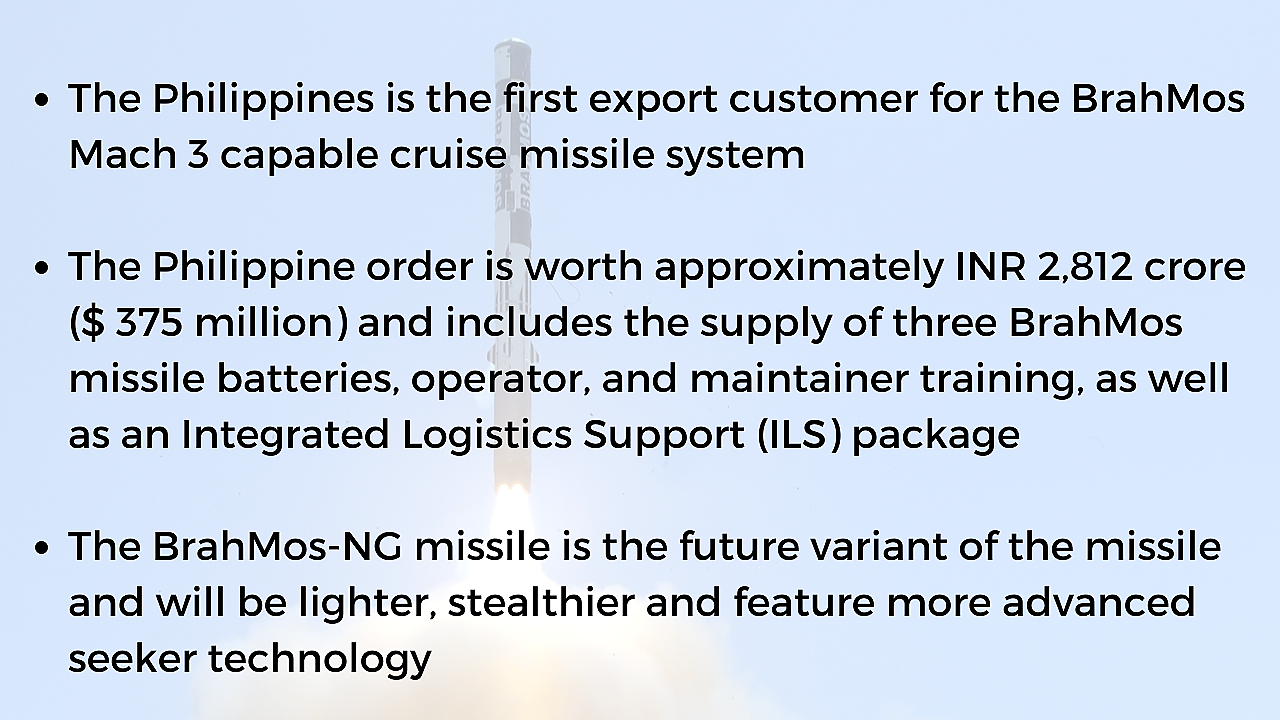
In what is described as a landmark moment for Indian defence exports, the Philippines has emerged as the first overseas customer for the BrahMos Mach 3 capable supersonic cruise missile system.
BrahMos Aerospace has overcome competition from established international competitors to win this order. The induction of the potent weapon system will provide the Armed Forces of the Philippines (AFP) with a modern strategic defence capability unmatched in its immediate surroundings.
The Philippine Department of National Defence (DND) announced its acceptance of the BrahMos Aerospace offer to supply a Shore-Based Anti-Ship Missile System for the Philippine Navy. The deal valued at approximately INR 2,812 crore ($ 375 million) will include three missile batteries operated by the Coastal Defence Regiment of the Philippine Marines. A single BrahMos missile battery comprises three missile launchers.
Secretary Delfin Lorenzana, who heads the Philippine DND, said in a social media post, “As Head of Procuring Entity (HOPE), I recently signed the Notice of Award for the Philippine Navy Shore-Based Anti-Ship Missile Acquisition Project. Negotiated with the government of India, it includes the delivery of three batteries, training for operators and maintainers as well as the necessary Integrated Logistics Support (ILS) package.”

Lorenzana said that deal to acquire missile systems for the Navy was conceptualised as early as 2017 and approved by the Office of the Philippine President for inclusion in the Horizon 2 Priority Projects in 2020. In March 2021, the Philippine News Agency quoted Philippine Navy Chief Vice Adm. Giovanni Carlo Bacordo, who said that the Navy’s Technical Working Group had assessed the BrahMos missile system as its most promising alternative for a Shore Based Anti-Ship Missile.
It is to the credit of the Philippine defence procurement system that a deal for a significant weapon system such as the BrahMos has been completed in five years. The Armed Forces of the Philippines are in the middle of a 15-year modernisation programme that commenced in 2012 and is being undertaken in three phases: Horizon I (2012-2017), Horizon II (2018-2022), and Horizon III (2023-2027)
Successful Development
BrahMos Aerospace is a joint venture between the Defence Research & Development Organisation and Russia’s famed NPO Mashinostroyeniya (NPOM) missile house. The company was created following an Inter-Governmental Agreement signed by both countries in February 1998. The BrahMos name combines two rivers – the Brahmaputra in India and Moskva in Russia. The first test launch of a BrahMos missile in India took place in June 2001, and various variants of the missile have now been inducted into the Army, Air Force and Navy.
Deliveries of the supersonic missile systems to the Indian Army started in June 2007, and during the last 15 years, three variants have entered service – Block I, Block II and Block III. The Army’s BrahMos missiles are carried on Mobile Autonomous Launchers (MAL) based on a Tatra 12X12 chassis built under license by BEML. Newer variants can carry a conventional warhead weighing 300kg, while the older Block I missiles have a 200kg warhead.
The missile systems are also used with the Indian Navy, which began inducting them on its warships in 2005. Navy variants of the missiles are used in the anti-ship and land-attack roles, and these have a range of 400km. In August 2019, the Defence Acquisition Council (DAC), which Defence Minister Rajnath Singh heads, approved the procurement of Next-Generation Maritime Mobile Coastal Batteries (Long Range) for the Navy to use BrahMos missiles.
The Air Force has also inducted an Air-Launched Cruise Missile (ALCM) variant of BrahMos, integrated on SU-30 MKI fighter aircraft. These missiles are gravity dropped from the aircraft’s fuselage and then use their two-stage rocket engines to make their way to the target. Compared to land and sea-launched variants of BrahMos, the air-launched BrahMos is lighter, weighing in at 2.5 tonne and has a range nearing 300km with the ability to attain a maximum speed of Mach 2.8.

Indigenisation
BrahMos Aerospace is also setting up a new manufacturing centre as a modern, state-of-art facility in the Lucknow node of the Uttar Pradesh Defence Industrial Corridor (UP DIC). The 200-acre facility will produce the new BrahMos-NG (Next Generation) variant from 2025 with annual envisaged production of up to 100 units. The new missiles will be lighter and feature significant stealth and seeker technology advances. The BrahMos-NG will integrate on Air Force Tejas Mk1A and Tejas Mk2 fighter aircraft. Variants of the BrahMos-NG will also be developed for submarines, which can launch from its torpedo tubes.
The BrahMos programme has developed a large number of indigenous suppliers and conferred on Indian industry the ability to develop systems and equipment to meet the complex challenge of a weapon system operating at speeds nearing Mach 3 and the attendant high temperature and vibration. Over two decades, large portions of the missile have been indigenised, including its propulsion system (now in series production), non-metallic airframe components and fuel management system, along with other major indigenous components such as a DRDO designed seeker.
BrahMos airframe assemblies are supplied by Godrej Aerospace, which has delivered over 200 of them and supplies many metallic sub-systems, control surfaces, and nose caps for the missile programme. Godrej Precision Engineering supplies the MALs and missile replenishment vehicles for ground-launched BrahMos missiles. These are integrated at the Missile Integration Complex of BrahMos Aerospace Thiruvananthapuram Limited (BATL), which has also developed an indigenous booster motor case for the missile. BATL commenced series production in January 2013.